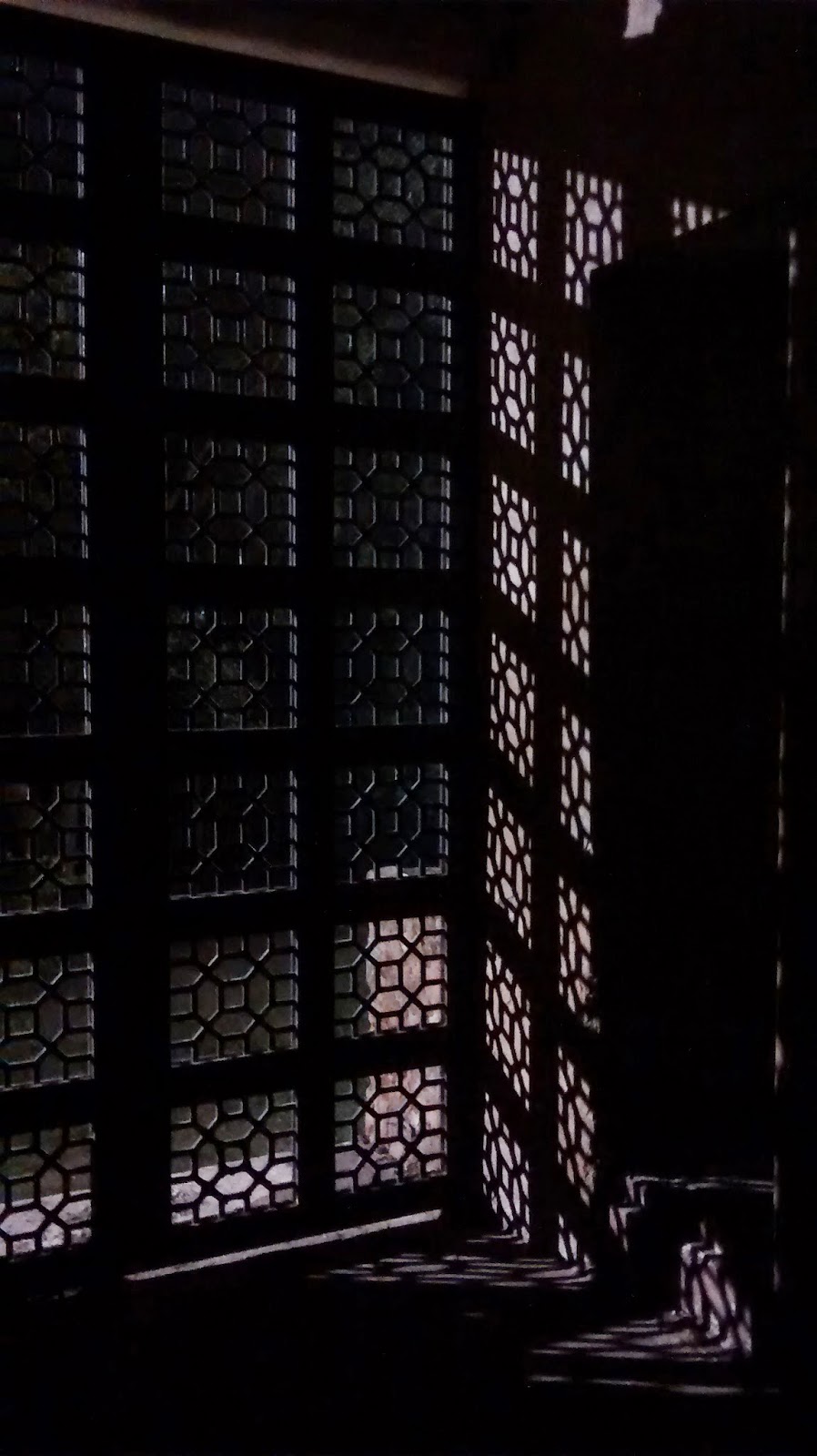Many have begged me for the secret to my radiant, youthful-looking skin and here, as an exclusive feature for The Curried Life readers, are the secrets to my skincare regime.
Every morning I wash my face with cold water (because it takes far too long to get the geyser working for hot water) and a mild face wash, dutifully followed by toner and moisturizer with at least SPF 20 (cause this Indian sun don’t play around, y’all). I also cover every inch of exposed skin in maximum-strength bug spray, because let’s be honest—mosquito bites and dengue fever don’t look good on anyone!
Now, this might be where your average woman, faint of heart, stops her skin care regime but I really try to work with my environment to ensure that my skincare regime lasts all day long.
Upon leaving my house every morning I am met by the friendly road-sweeper who kindly sweeps up a tornado of dust for me to walk through on my way to the autorickshaw stand. It’s kind of like a natural mud face mask—lightly applied by the whims and vagrancies of nature. The autorickshaw drivers also have a real knack for understanding which motorcycle, car or bus will be exuding the most delightfully-perfumed exhaust, and positioning us directly behind such gentle vehicle. This allows me to seal in the mud mask under a layer of Delhi’s most sophisticated air toxins; sometimes it feels almost acidic so I fancy the exhaust portion of my daily facial is a bit like an facial peel.
To keep my dewy look going all day long, my skin naturally produces a fine sheen of sweat which sort of gives me a kind of natural “lit from within” glow. I also make sure to stay fully hydrated by drinking gallons of sugary chai every day. For the late summer season, I also reapply my maximum strength bug spray before leaving the office in the afternoon. As a bonus, having fresh afternoon bugspray on also helps my skin better attract and absorb the exhaust from the cars on my homeward commute!
So there you have it, dear readers. This special blend of bugspray, dust, exhaust and sweat keeps my skin looking as fresh as a baby’s bottom!

















































